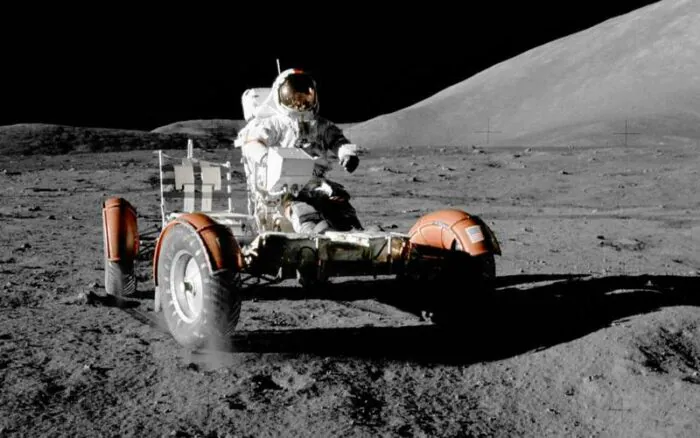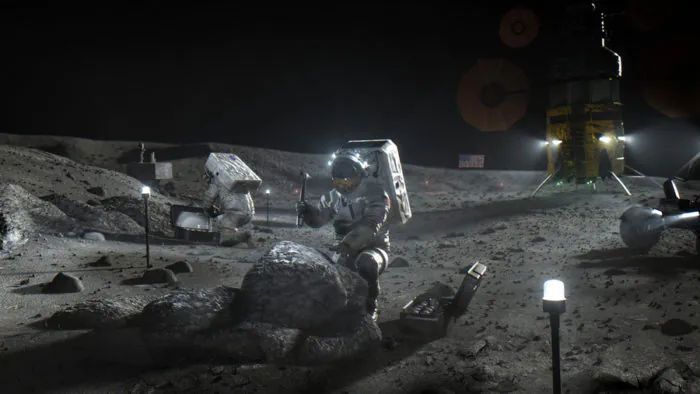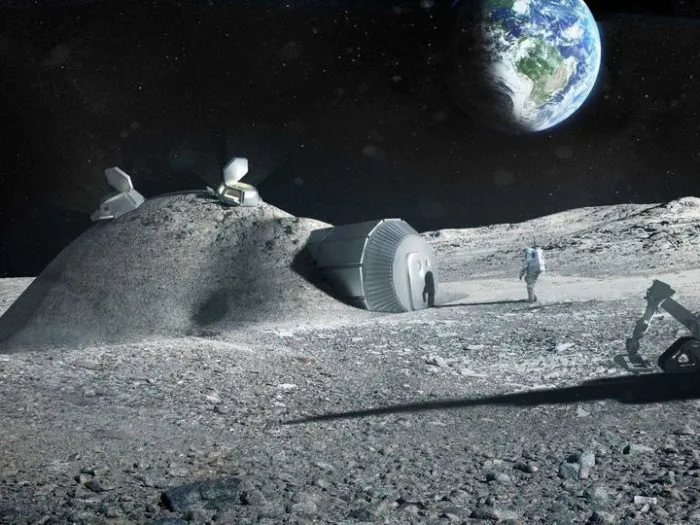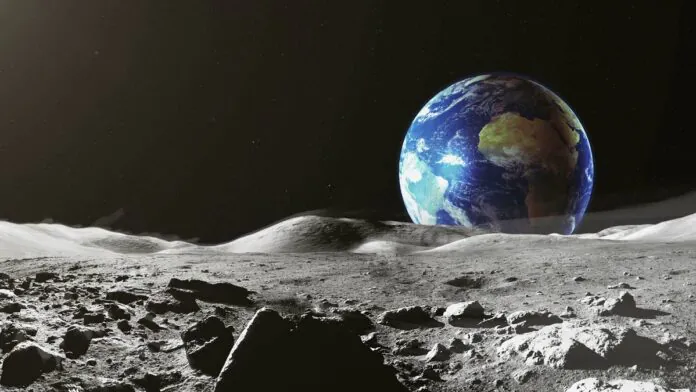© ROOT-NATION.com - Use of content is permitted with a backlink.
Like the Earth, planetary bodies such as the Moon, Mars, asteroids, and comets contain significant reserves of valuable resources. This has attracted the attention of both researchers and industrialists, who hope to extract them one day to support the space economy. However, the creation of any kind of extraterrestrial mining industry will not be easy. Let’s see what future extraterrestrial miners will face.
Use of resources on site
When you think of extraterrestrial mining, you are probably imagining extracting materials from various bodies in space and delivering them to Earth. But this is unlikely to be the first commercially viable example. If we want to establish a permanent human presence on the moon, as suggested by NASA, we would need to replenish the reserves of astronauts who live there. Resources such as water can only be recycled to a certain extent.

At the same time, launching resources from Earth is very expensive. As of 2018, launching 1 kg of material into low Earth orbit cost about $ 2,400, and for launching it higher or to the Moon is even more expensive. It is likely that space-produced materials will be used in space to help save on these costs. Gathering the necessary materials on site is called “using resources on site.” It can include everything from ice mining to soil collection for construction. NASA is currently studying the possibility of construction on the moon using 3D printing.
Extraction of minerals in space can also change the management of satellites. According to the current practice, satellites go out of orbit in 10-20 years, when they run out of fuel. One of the main goals of space companies such as Orbit Fab is to develop a type of satellite that can be refueled with space-based fuel.
What resources are available in the space?
If we are talking about the extraterrestrial mining, there are several resources that space is rich for and can be useful. Some asteroids contain large amounts of iron, nickel, gold and platinum, which can be used in construction and electronics. Lunar regolith (rock and soil) contains helium-3, which could be a valuable resource in the future if nuclear fusion becomes viable and widespread. The British company Metalysis has developed a process that can extract oxygen from lunar regolith.

It is expected that there is ice on the surface of the Moon, in the constantly shaded craters near its poles. Scientists also believe that ice is beneath the surface of Mars, asteroids and comets. It can be used to support life or be decomposed into oxygen and hydrogen and used as fuel.
How to extract minerals in space?
Some proposals for extraction of minerals outside the Earth are similar to the extraction of minerals on it. For example, we can extract lunar regolith with a bucket excavator or mine an asteroid with a tunnel boring machine. Other proposals are unusual – for example, the use of a vacuum machine to draw regolith through the pipe.

Researchers from the University of Sydney in New South Wales and the Australian National University suggest using biomines. In this case, the bacteria introduced to the asteroid will consume certain minerals and release gas that can be collected by the probe.
What are the obstacles?
The work, carried out at the Australian Center for Space Engineering Research UNSW, is related to finding ways to reduce risks in the space resources industry. Of course, there are many technical and economic problems. For example, launch costs, which is the reason why many seek to start mining outside the Earth also mean expensive shipment of mining equipment. To be cost-effective (or even feasible), mining must be as easy as possible.
Extraterrestrial mining should be largely automated or remotely controlled, taking into account the additional difficulties associated with sending people into space, such as the need for life support, radiation shielding and additional launch costs. However, even the mining system on Earth is not yet fully automated. Before starting mining on asteroids, it is necessary to improve robotics.
Although spacecrafts have landed on asteroids several times and even received samples, our overall success rate for asteroids and comets is low.

There are also environmental considerations. Extraction of minerals in space can help reduce the extraction of minerals on Earth. But this is the case if extraterrestrial mining will lead to reduction rather than increase in rocket launches, or if resources will be returned to Earth and used on it.
Although the collection of resources in space may reduce or fully cease the need to launch them from Earth, as the space economy develops, more launches will inevitably occur. In addition, the question arises as to whether the proposed methods of mining will work in space. Different planetary bodies have different atmospheres (or lack thereof), gravity, geology, and electrostatic environment (for example, soil can be electrically charged through solar particles).
How these conditions will affect extraterrestrial operations is still unknown.
Although this is just the beginning, a number of companies are currently developing technologies for extraterrestrial mining of minerals, exploration of space resources and other uses of space.
You can also help Ukraine fight with Russian occupants via Savelife or via an official page of the National Bank of Ukraine.
Read also:
- Sandia develops micro-grids to power the future lunar base
- Curiosity photographed the «entrance» in the Martian rock


